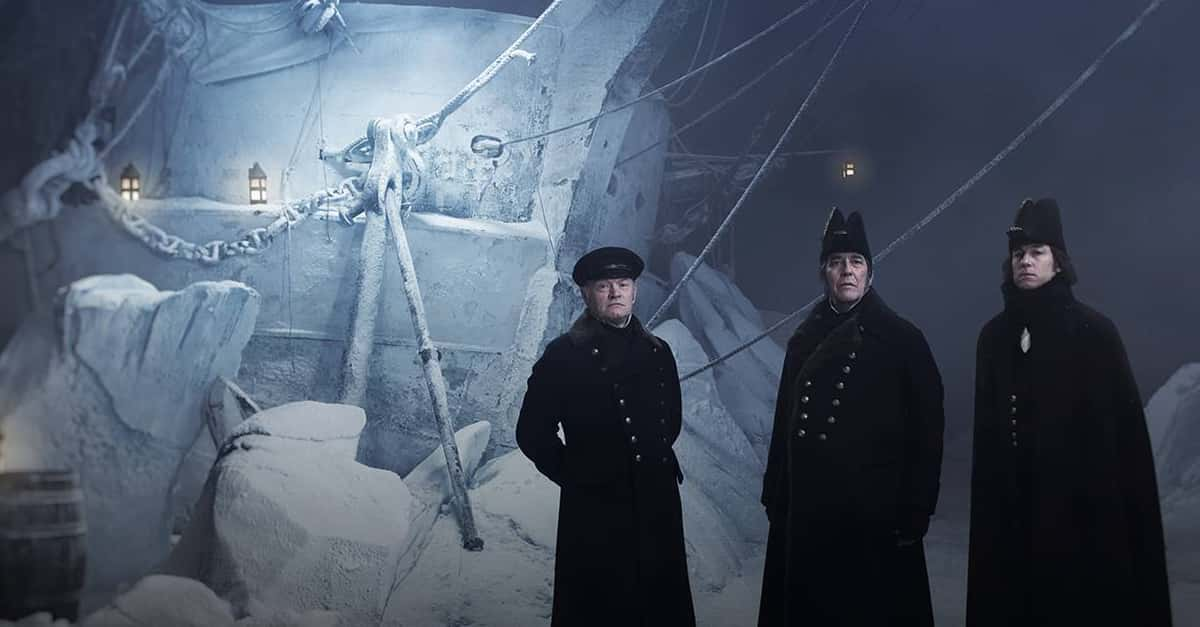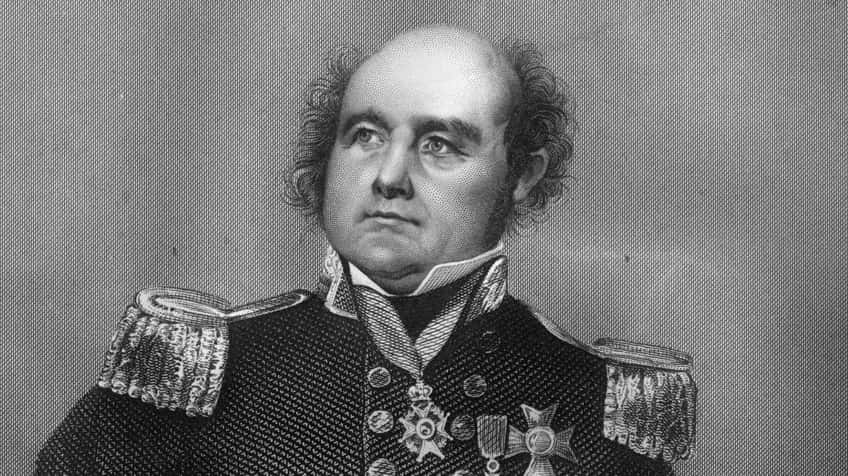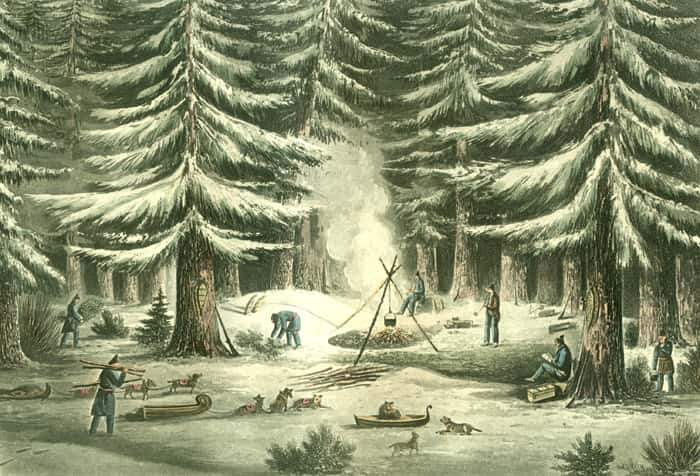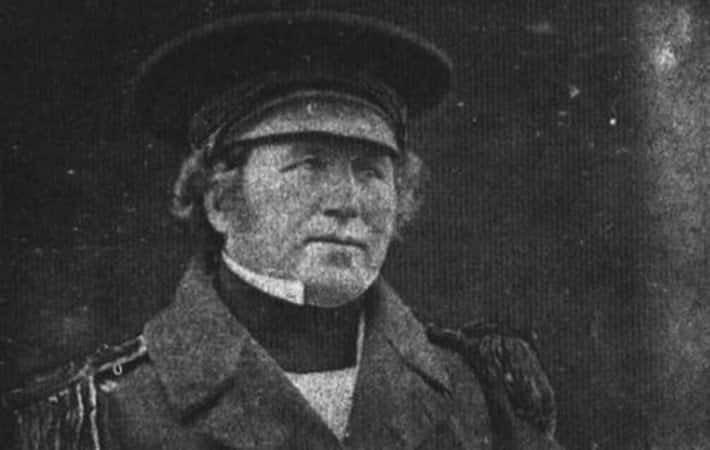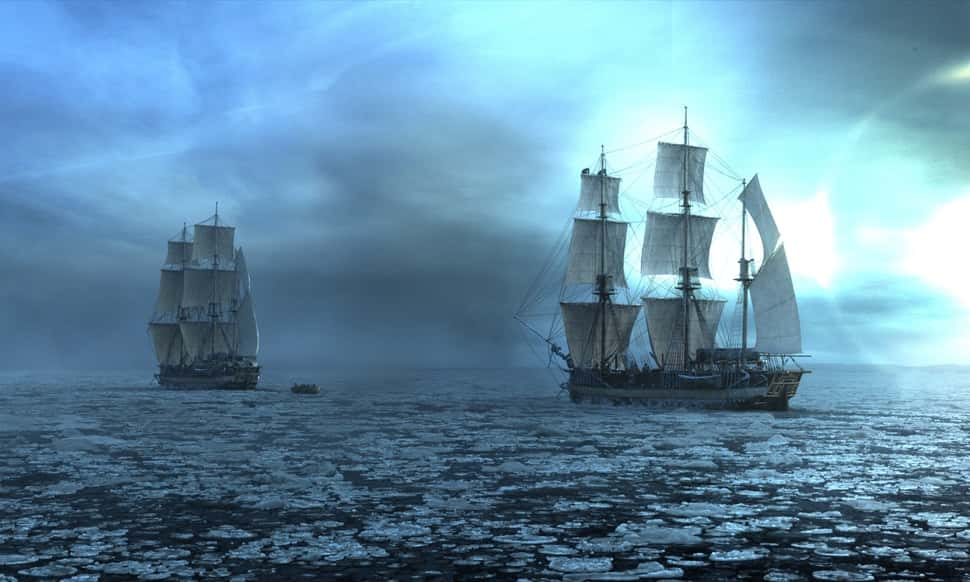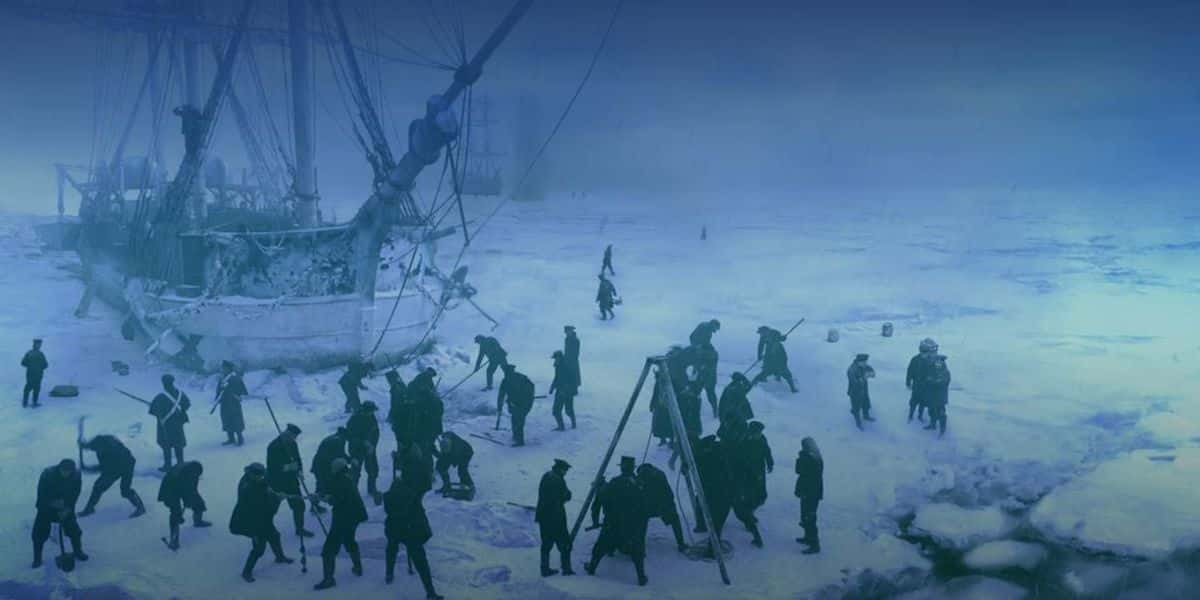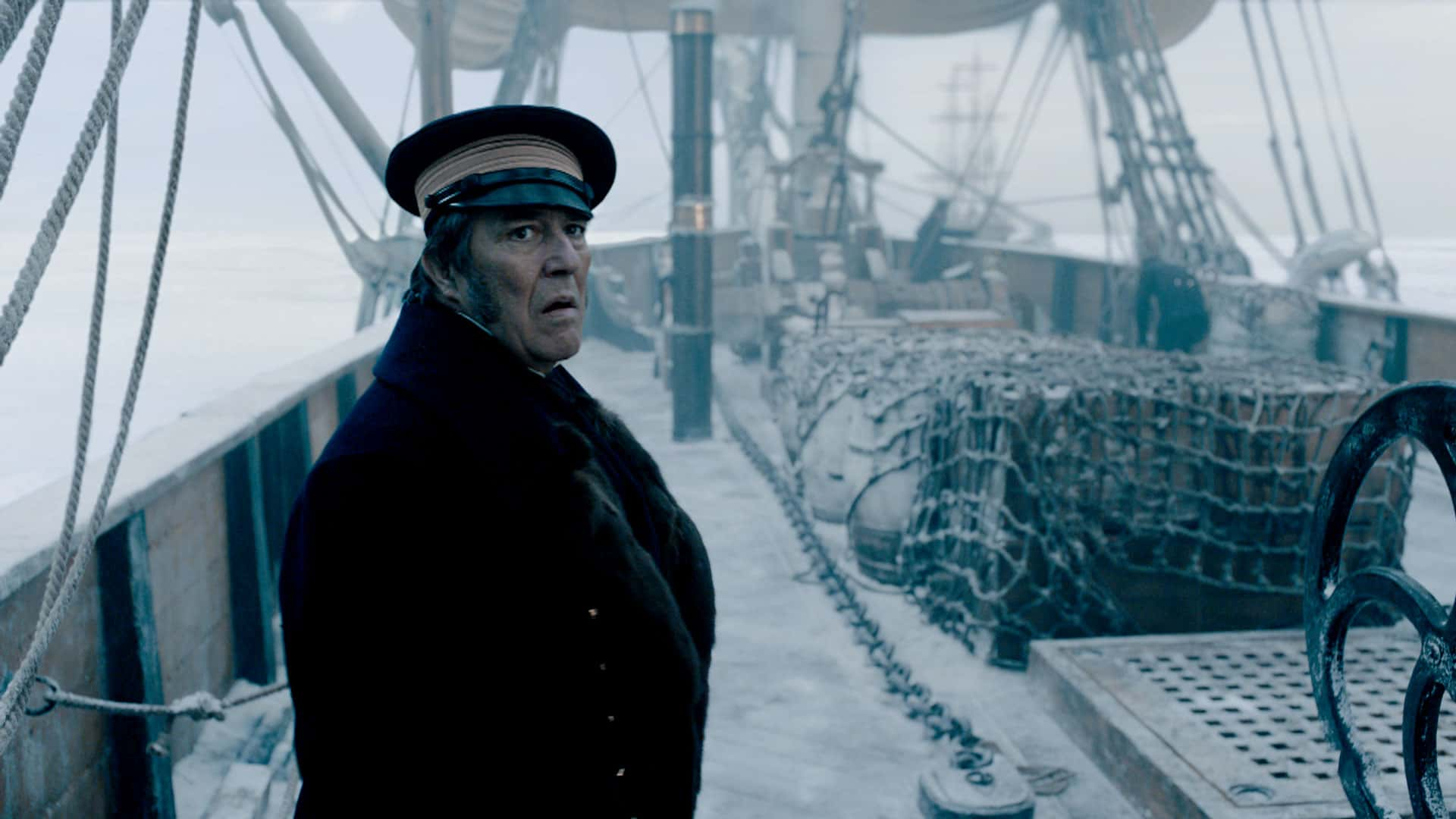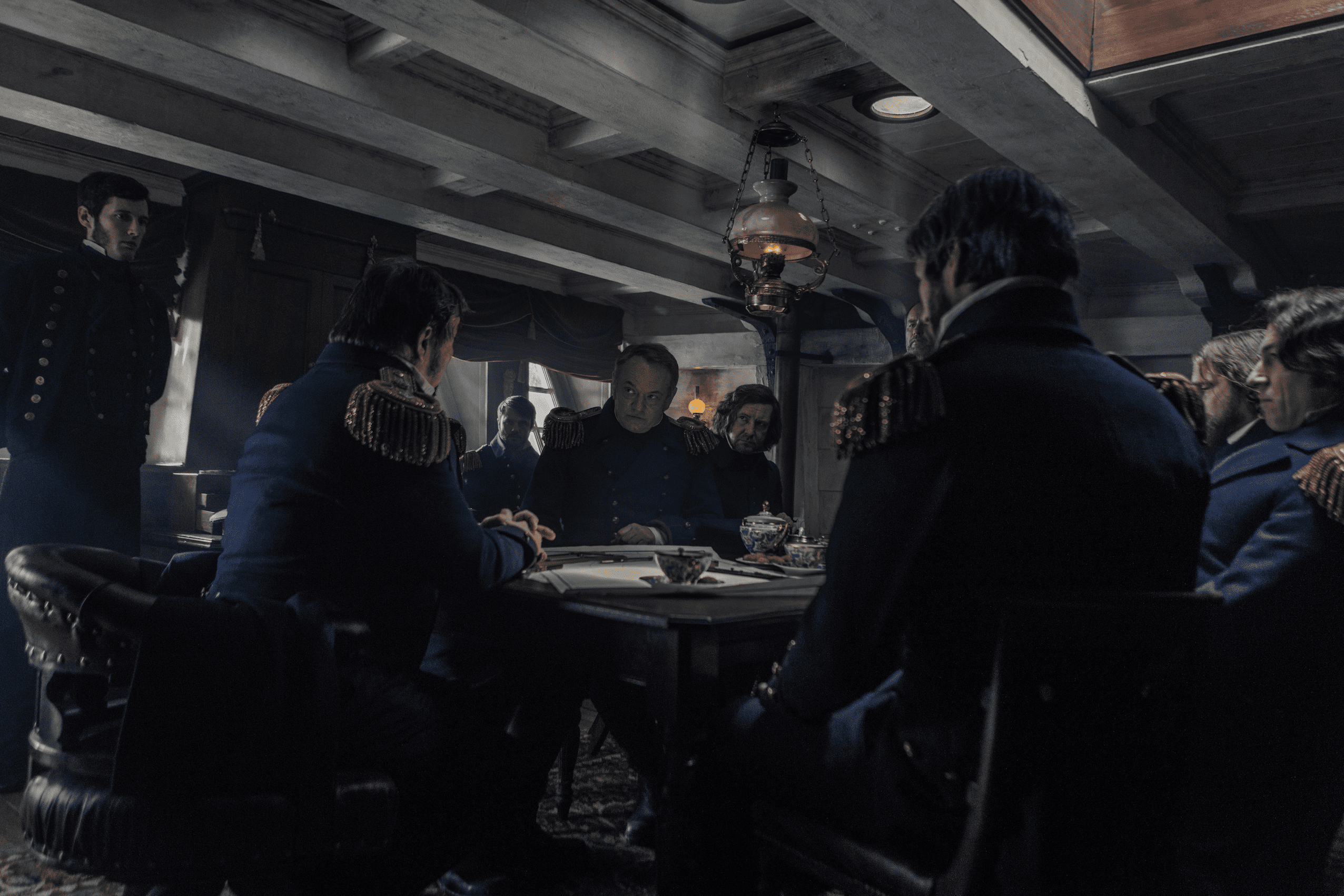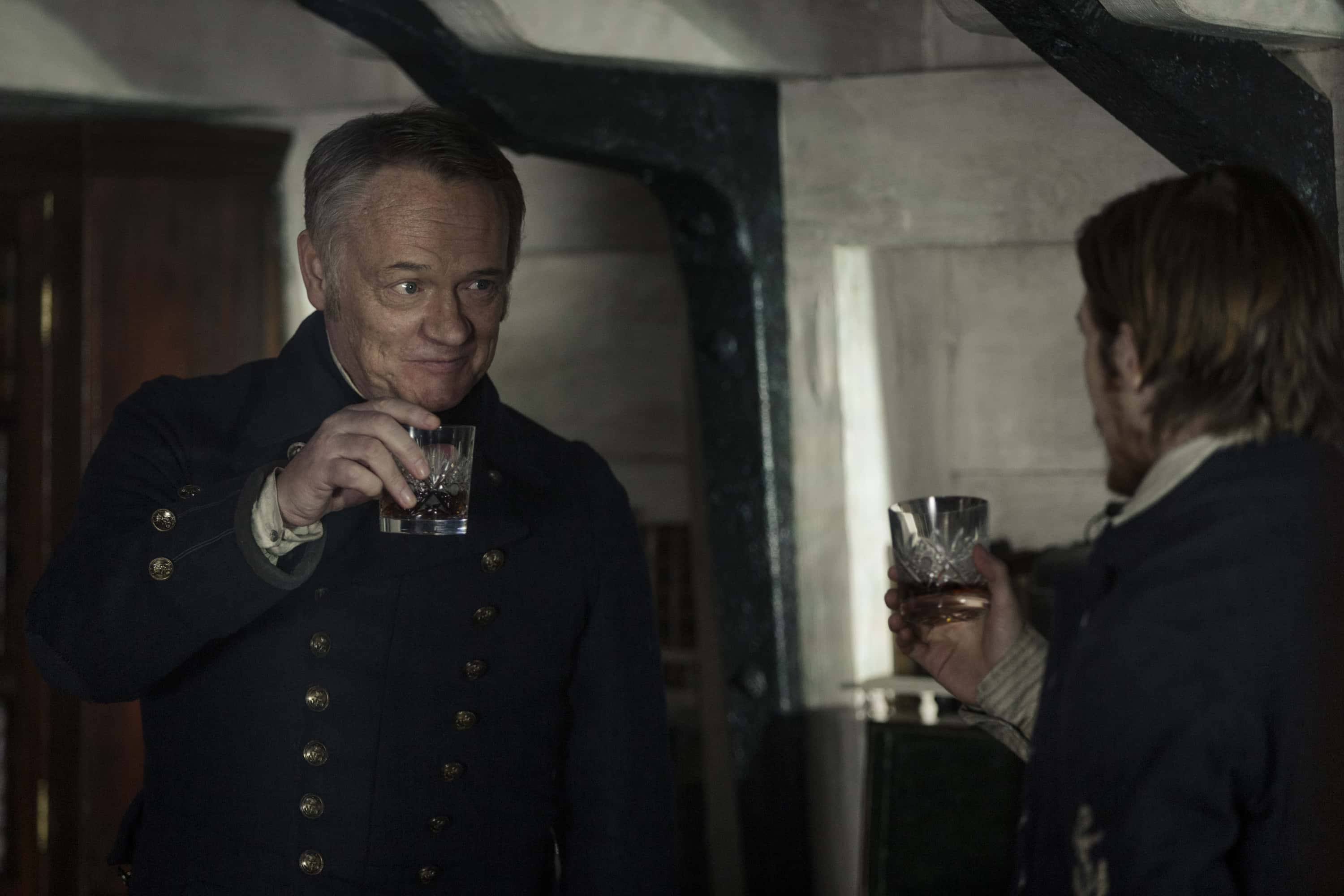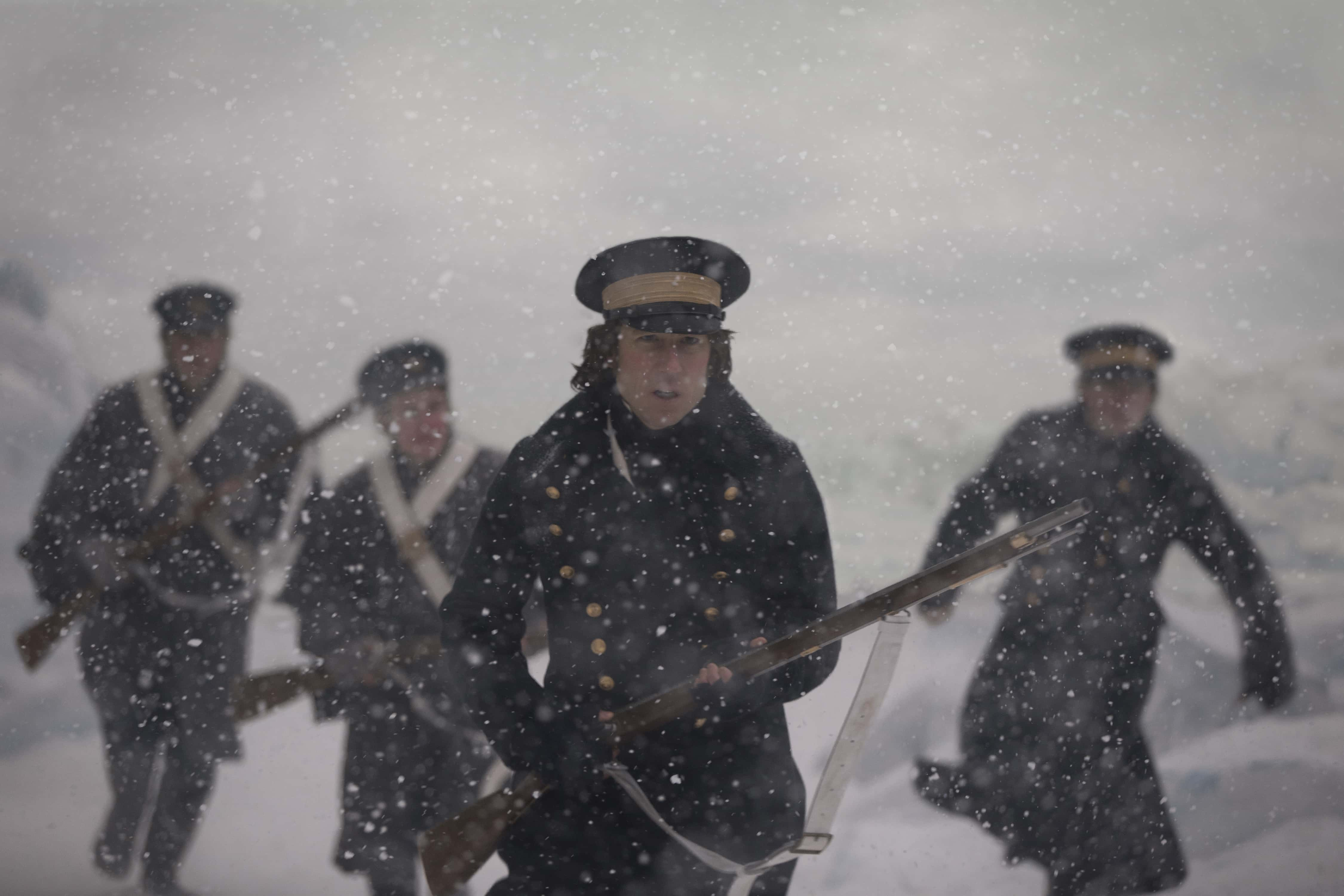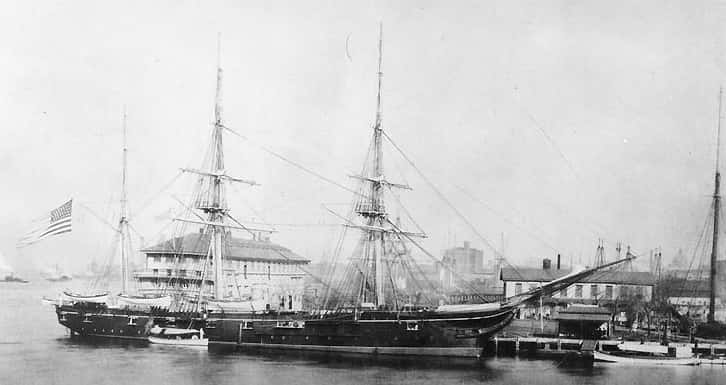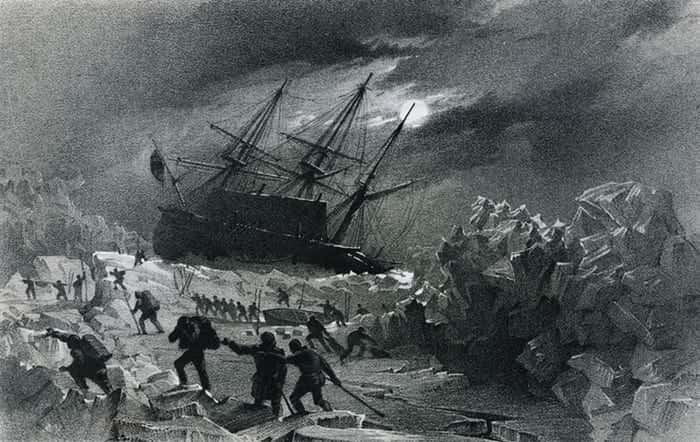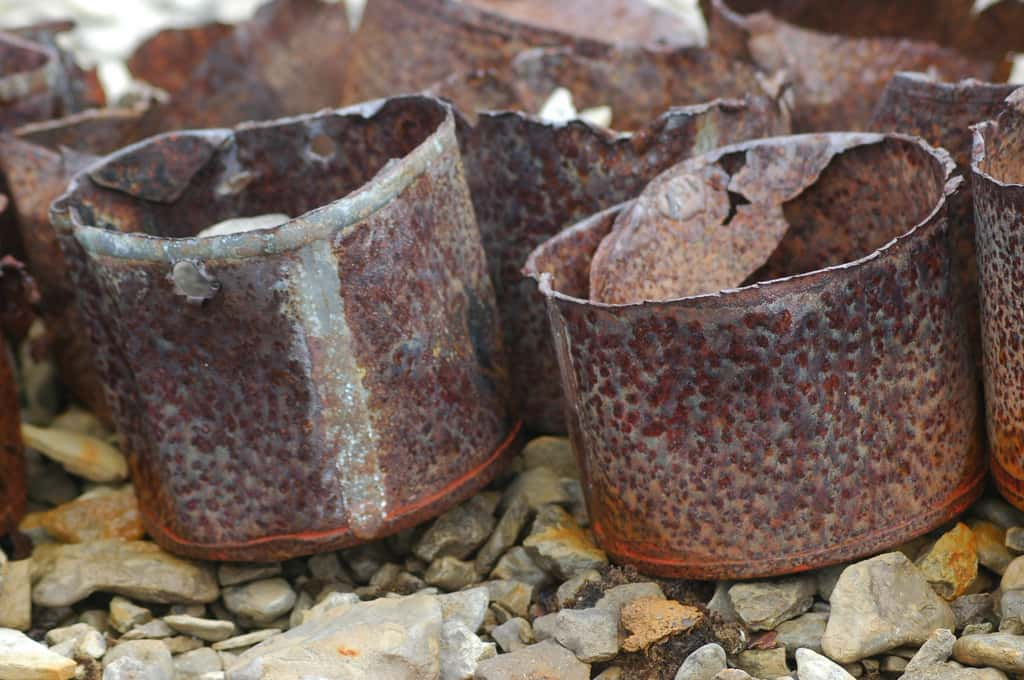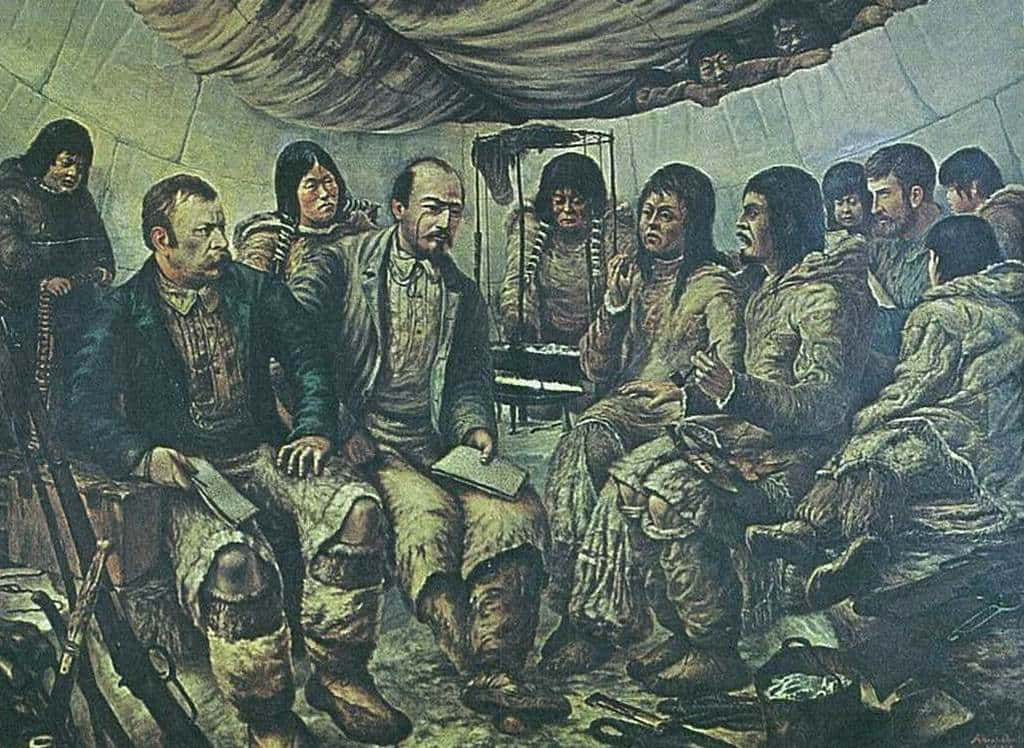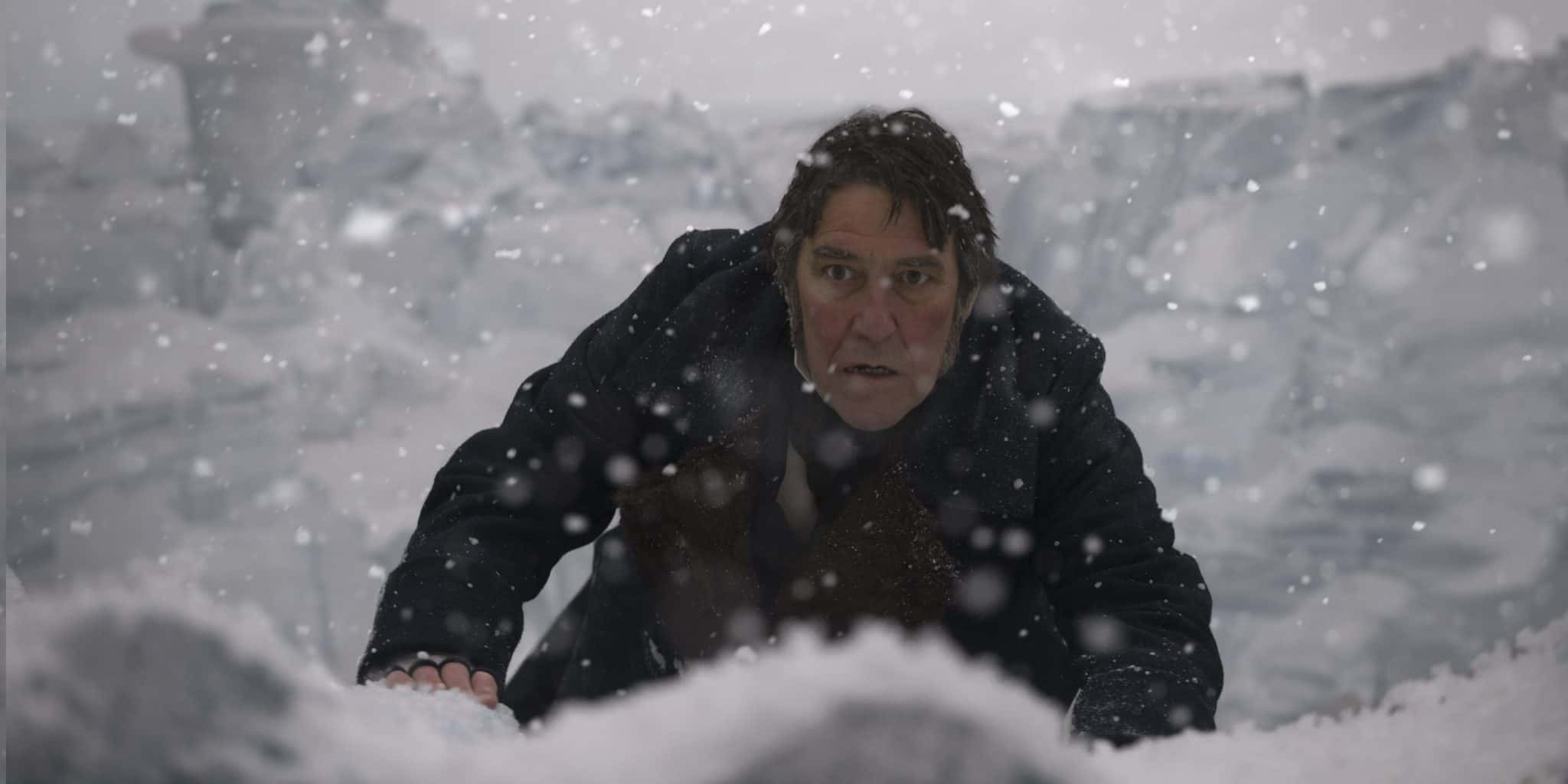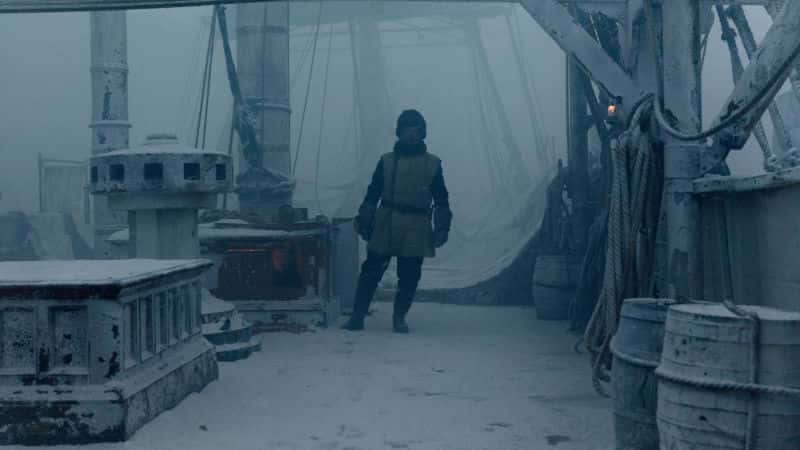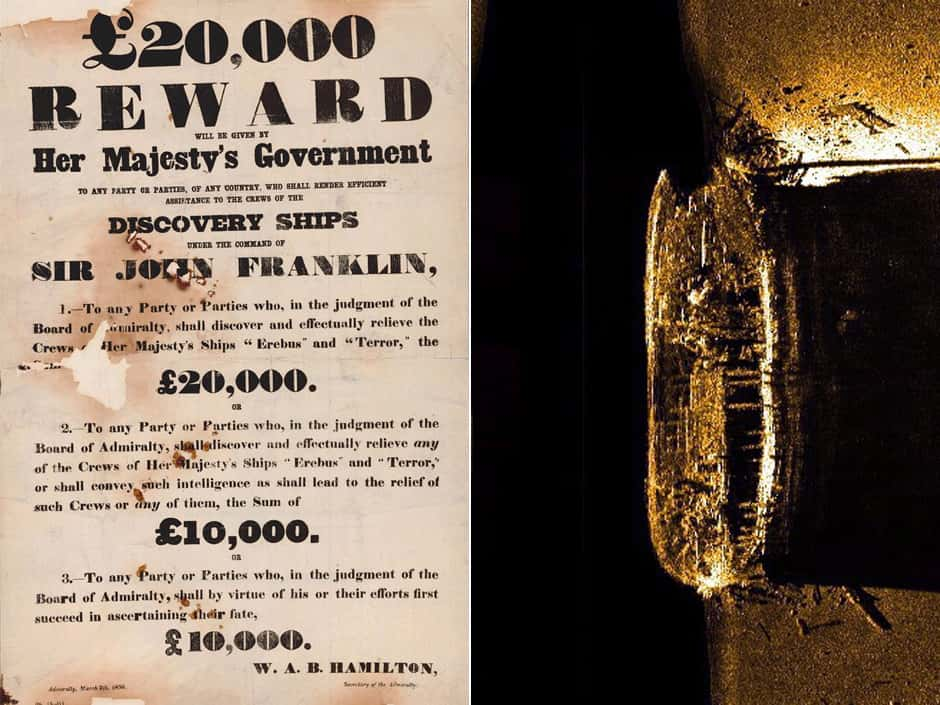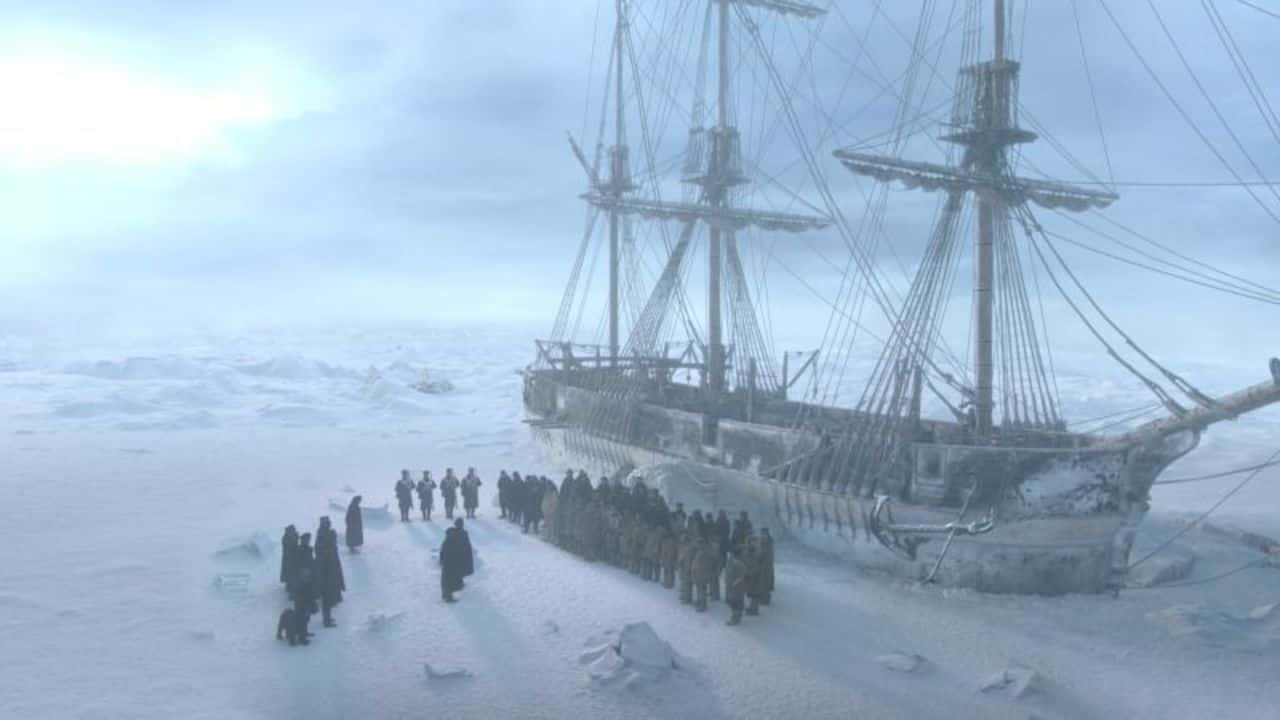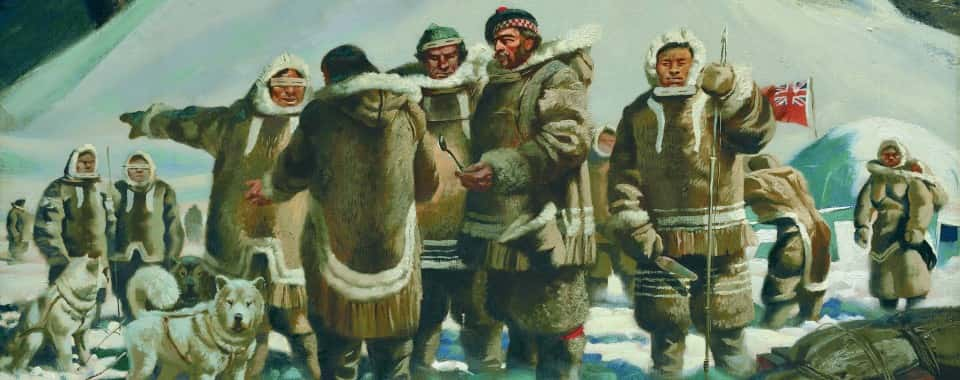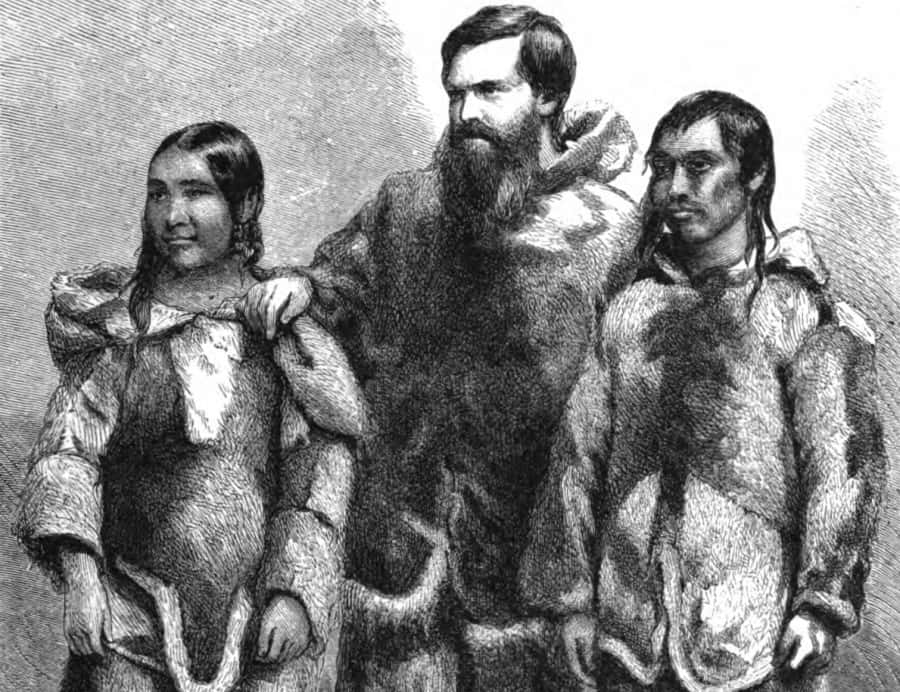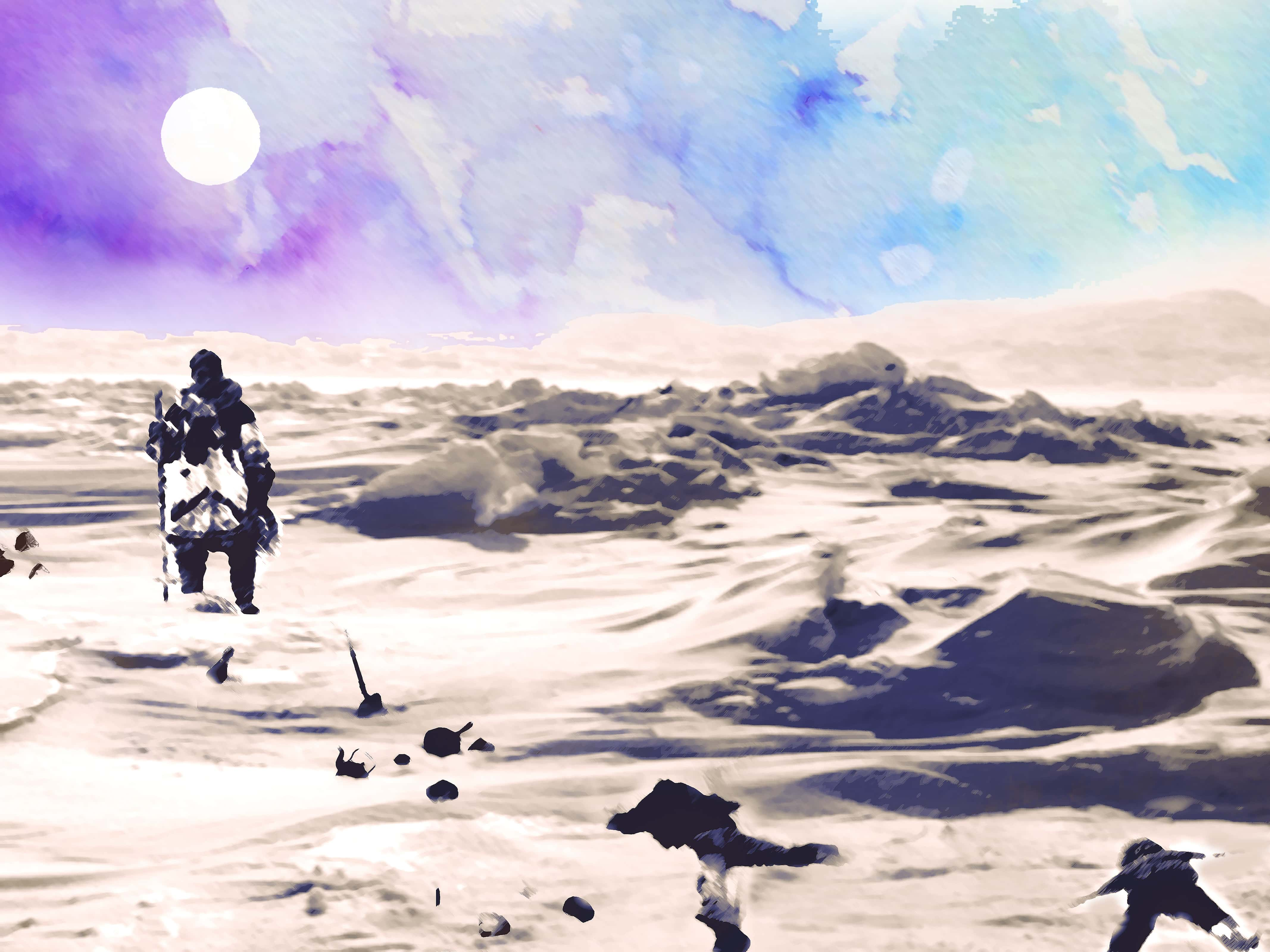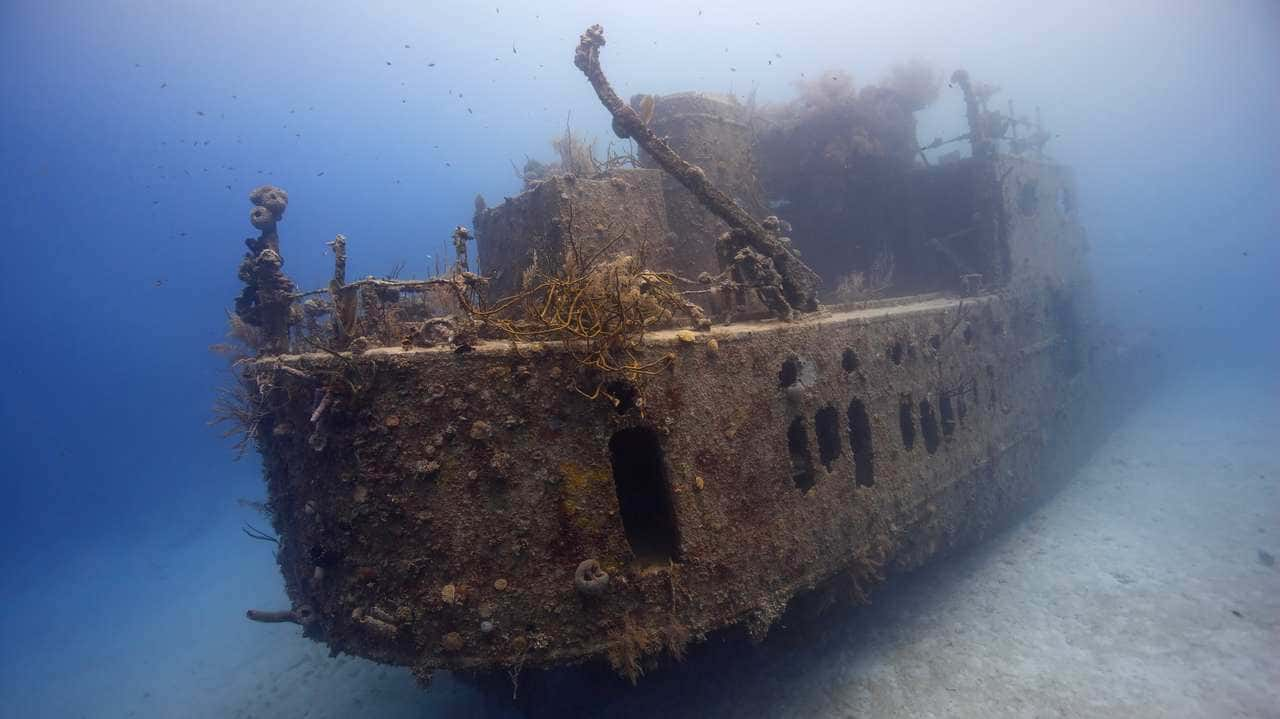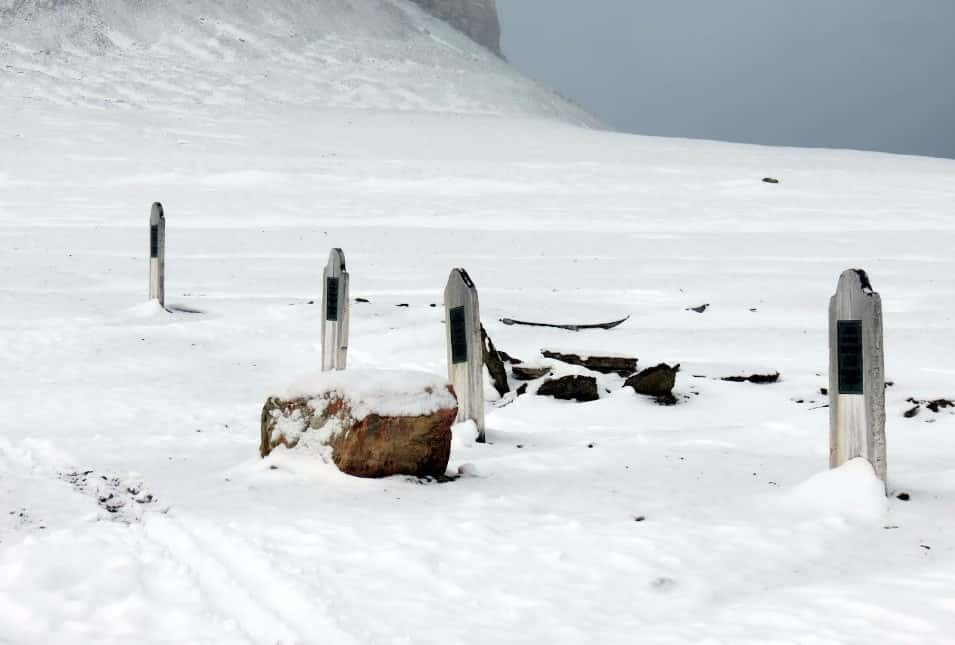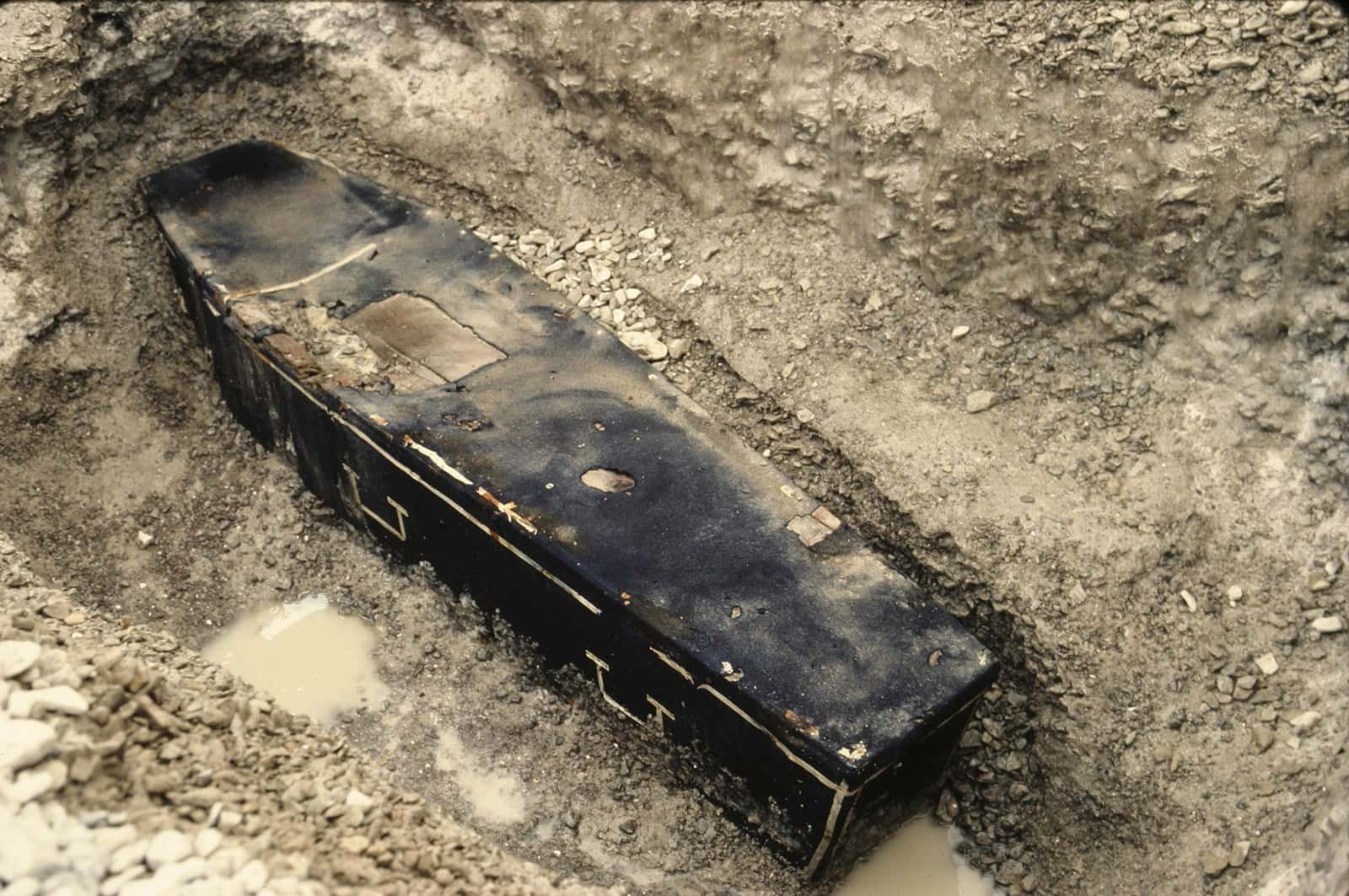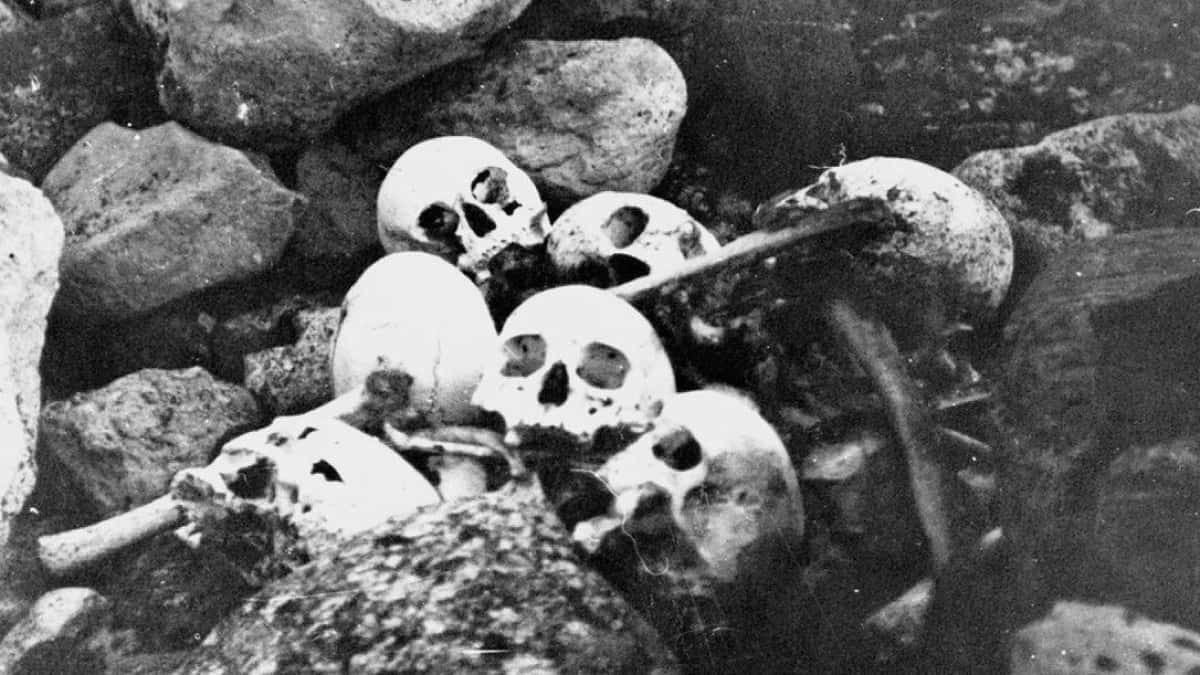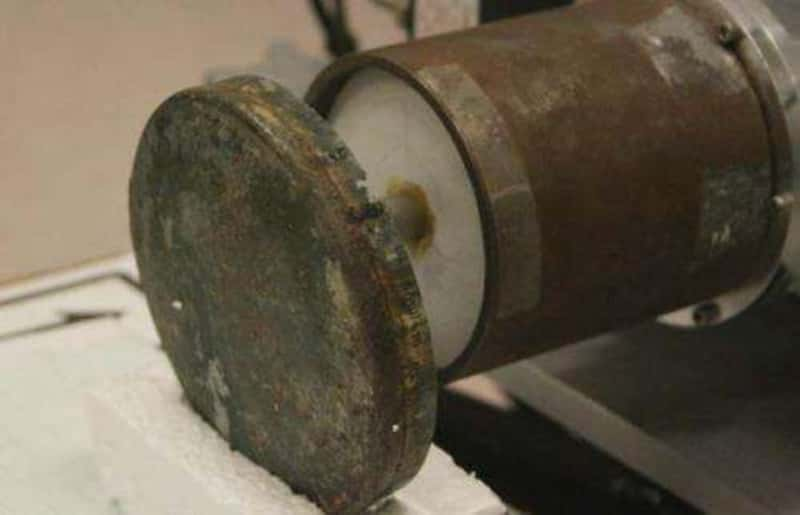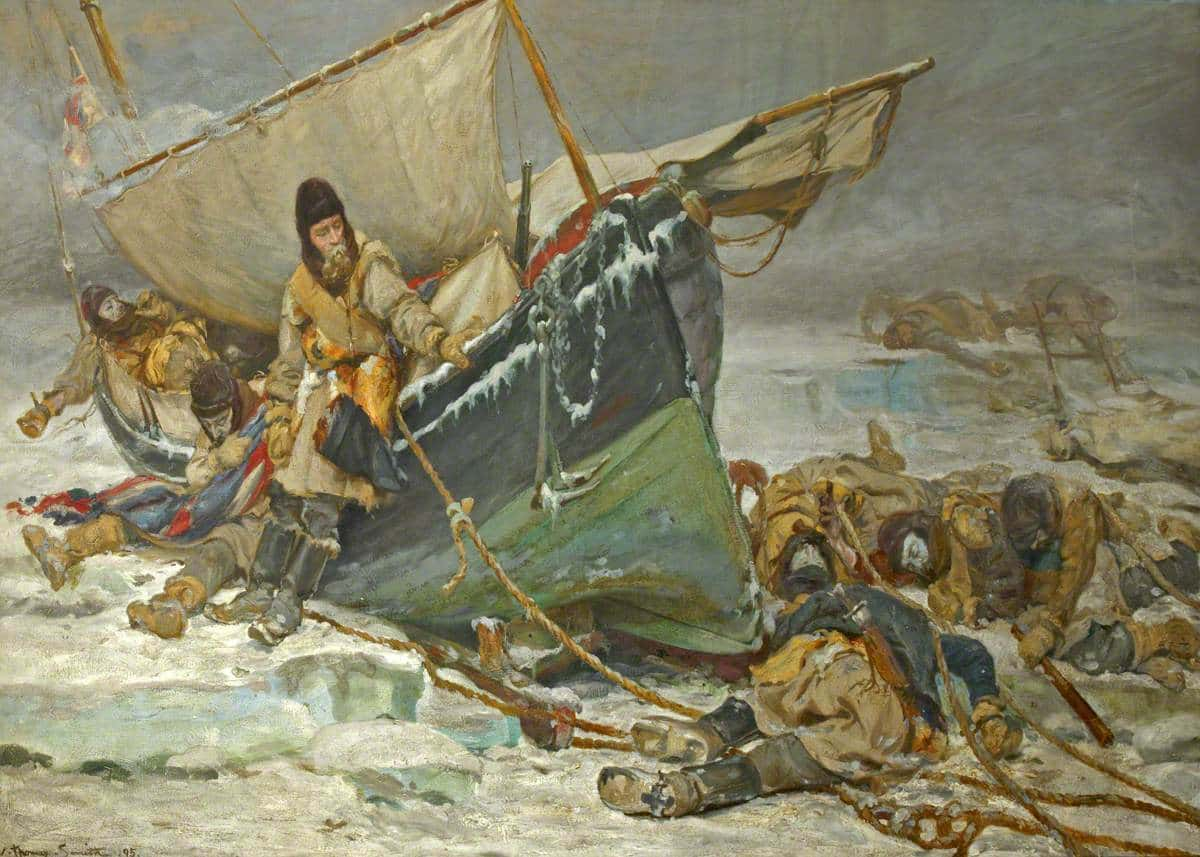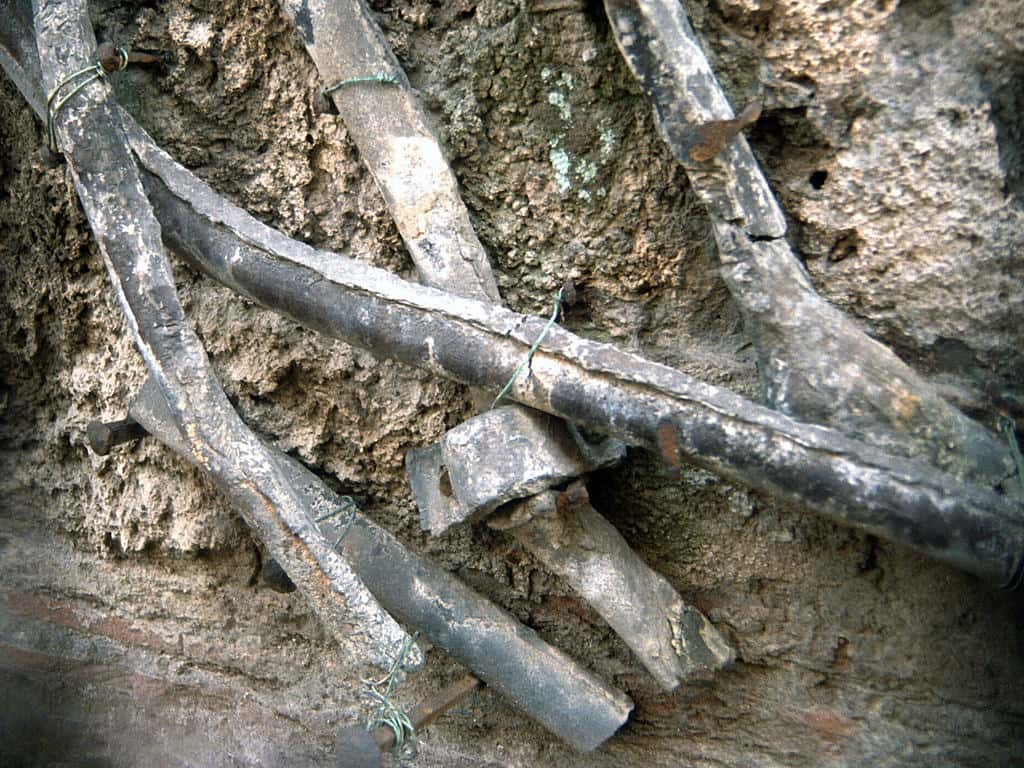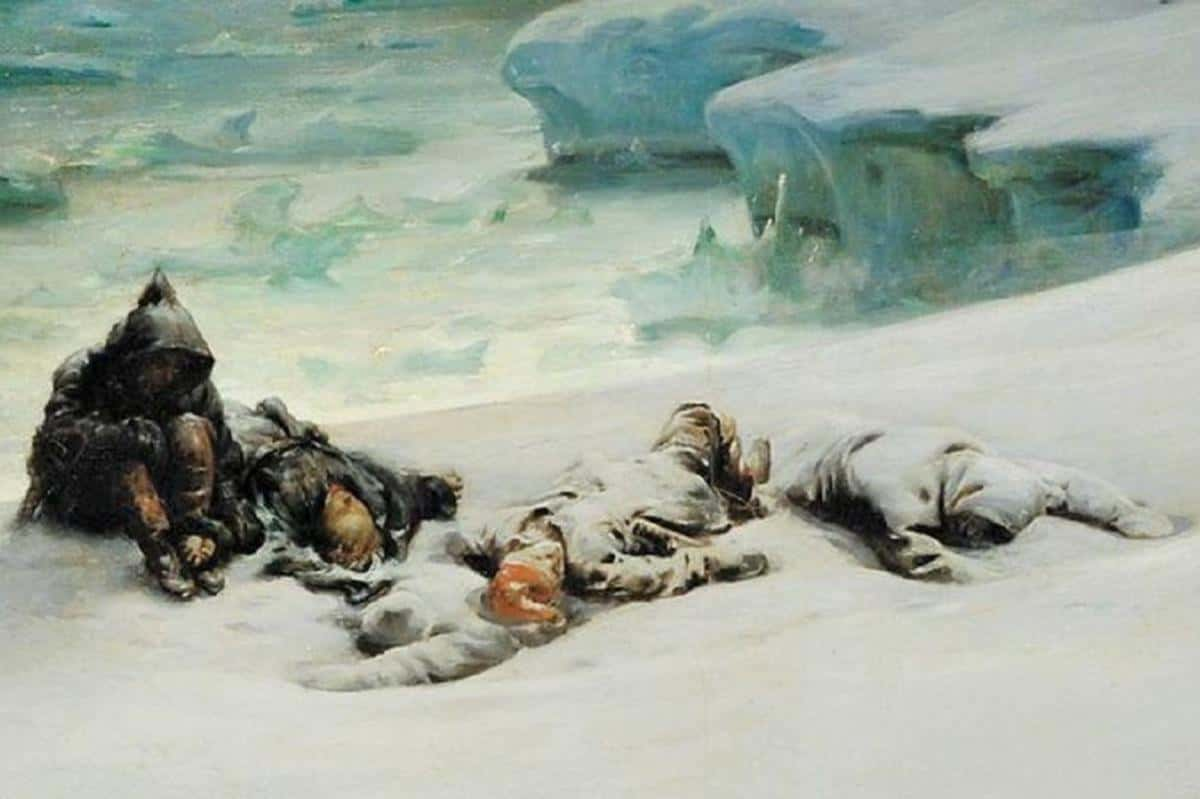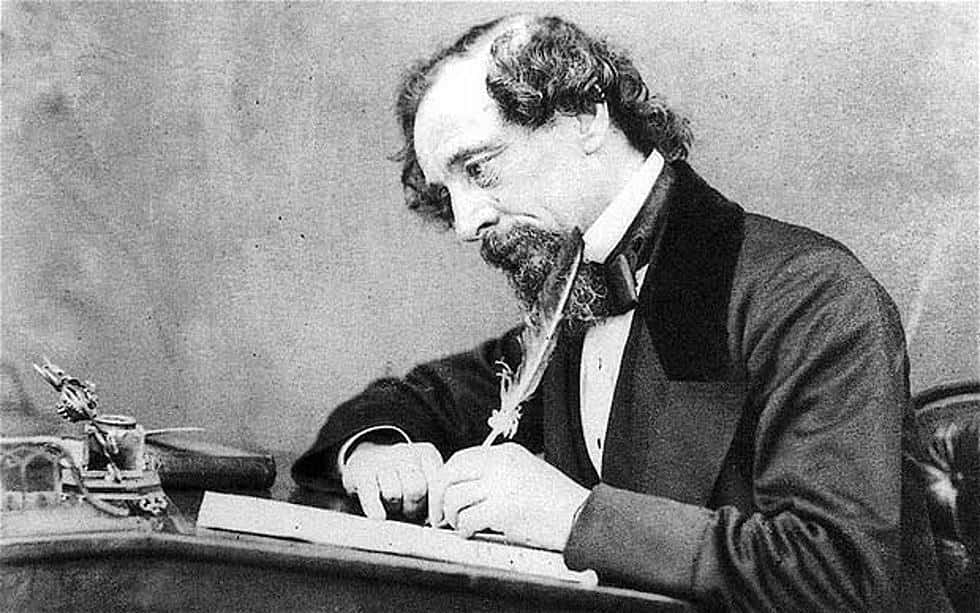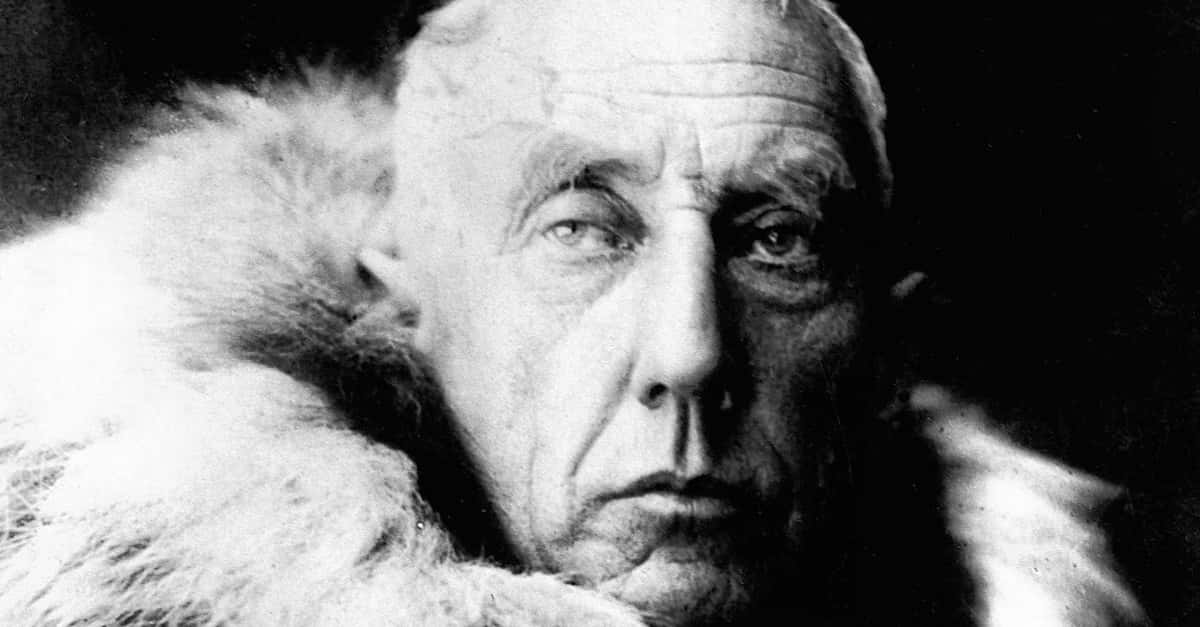Ridley Scott's The Terror is one of the newest critically acclaimed shows on TV, with chilling and twisted plotlines that leave its audience thirsty for each new episode. What few people realize is that it’s actually based on a true story! The tale of the Franklin expedition is one that isn’t terribly well-known, which is surprising, considering the dark and horrifying fate of the voyage. Keep reading to discover more about this tragic expedition, and the rocky seas that led the crew to their terrible end.
Franklin Expedition Facts
42. To the Northwest!
In May of 1845, Sir John Franklin led two Royal Navy ships from Greenhithe, England to the Arctic in hopes of finding a passage to the Northwest. HMS Erebus and HMS Terror had 134 men and officers between them, including Franklin’s second-in-command, Captain Francis Rawdon Crozier.
41. Not His First Rodeo
This wasn’t the first time Franklin had led an expedition, either. His first trek to the Arctic between 1819 and 1822 left his men in states of starvation, as they simply hadn’t brought enough with them to sustain the length of the journey.
40. All the Single Men
While Franklin left behind his wife, Crozier wasn’t married at the time. That wasn’t unusual for naval officers, who spent long periods of time away from home. He had a good amount of Arctic experience behind him and had even been recognized for his geomagnetism work by the Royal Society, where he was made a Fellow.
39. Seasoned Ships
Both ships had previously been used for polar expeditions, and both were converted bomb vessels, weighing well over 300 tonnes each. They were more than well-equipped to last for the projected three-year mission and were very capable of dealing with and operating in icy waters. They also had their steam propulsion systems specifically detailed for this expedition. The Terror had a good track record as well—it had been used during the War of 1812.
38. Ice, Ice Baby
The Naval officers on board had already ventured to both the North and South and were familiar with polar expeditions already. As mentioned, the ships were prepared for the ice: iron plating reinforced each ship’s bows along with 10-inch beams to reinforce the hull’s inside walls. Those beams were supposed to help protect the ship from the ice pressure.
37. More Power!
Locomotives were also purchased and installed in each ship, without their wheels, of course. A 25-horsepower locomotive was placed in the Erebus, while a slighter smaller one with 20 horsepower was installed in the Terror, as it was a smaller ship.
36. Water as a Lifeline
The ships weren’t just outfitted to withstand the conditions they would face, but to thrive in them. The galley stoves had desalinators installed that were connected to a holding tank which provided the fresh water needed. Since the ships ran on steam and used nearly a metric tonne of water each hour, they required quite a lot of fresh water. The ships also had hot water to help keep the cabins warm by way of a tube-shaped boiler device.
35. Home is Where You Make It
Not just equipped for the potentially dangerous voyage, the men had also brought along some comforts from home. There was a daguerreotype camera for them to document the things they saw, and writing desks and a hand organ to help provide some entertainment. There were also libraries with nearly 3,000 books available, with topics ranging anywhere from Shakespeare and Charles Dickens to bibles and various other religious books, as well as technical manuals and reports from other explorers.
34. Catch Me if You Can!
The crew also passed time by playing games, such as racing around the ship without managing to be caught, with whoever lasted the longest being declared the winner. They also had sports like tennis and football, or when possible, they went sledding and hunting.

History's most fascinating stories and darkest secrets, delivered to your inbox daily.
33. What’s in Their Bellies?
At this point, you’re probably wondering about the food aspect of the voyage. They had more than enough to get them through what should have been three years at sea. Thousands of kilograms worth of food like flour, chocolate, beef, pork, liquor, and tea, as well as roughly 8,000 tins of preserved foods like soup, meat and vegetables. And they weren’t just loaded up on food—the ships also had quite a lot of soap, candles and wolf-skin blankets.
32. All in One Shot
In addition to the quest to find a new Northwest Passage through the Pacific Ocean, the men were to conduct survey research in zoological, botanical, magnetic and geological areas. It was also intended to introduce the Commonwealth to the area.
31. The Last Contact
Three months into the voyage, the HMS Terror and HMS Erebus came across the Enterprise and the Prince of Wales, two whaling vessels. That marked the last time they were in contact with European ships. Franklin had spoken with the whaling ships’ captains, telling them his intention of going through Baffin Bay to Lancaster Sound. After this, the only other known times that the fated ships came across other people would be chance encounters with the Inuit people.
30. Twist of Fate
Prior to this meeting, the expedition had stopped in Greenland to get additional supplies. At this point, five members of the crew were sent back home, as they had become ill.
29. There’s a Storm Brewing
The ships had a rough go of things as they crossed the Atlantic Ocean. As reported in letters, they experienced generalized stormy weather. What was supposed to be one of the more mundane parts of the journey turned out quite difficult—pretty foreboding, if you ask me.
28. Message in a Bottle
Once it was discovered that both ships had gone missing, there was a major search that got underway. Lady Jane Franklin chartered a private yacht in 1859, with Lt. William Hobson finding something critical to the search: a message left behind on King William Island, at Victory Point—located in what we now know as the territory of Nunavut in Northern Canada.
27. Not What You Want to Hear
That message would be devastating. It stated that both the HMS Erebus and HMS Terror had become trapped in ice late in 1846 and wouldn’t budge. Even more distressing was the news that Franklin had died in the summer of 1847, along with 23 others.
26. Journey to the Unknown
The following April, the 105 men who were left decided to leave their trapped ships and continue on foot towards Back’s Fish River. All of them became victims to the harsh Northern weather; no one survived.
25. If You’re Reading This…
In case you’re wondering how they left the message, there were actually about 200 tin canisters on board the ships to help document the journey. They were supposed to be used to leave their latitude and longitude coordinates, on the chance they came across problems and search crews had to be sent.
24. Mayday, Mayday
Interestingly, there were multiple reports of cannon fire in the area where the ships were during the 1846-1847 winter. Some of these reports came from the Inuit, who had also reported seeing large canoes, while others came from Canadian Missionary Rev. Father Taché in what is now northern Saskatchewan. It’s believed these were supposed to be signals indicating the two ships needed help.
23. Putting the Pieces Together
The last major search in the 19th century was actually led by an American, Lieutenant Frederick Schwatka. He and four others, along with a large group of Inuit, set out in 1878 in a last-ditch effort to find these men. They covered more than 5,000 km in a two-year span, going to different sites that had already been searched, but also finding new ones. The information they managed to gather this time around essentially helped to fill in holes from other expeditions to find the lost men.
22. The Right Man For the Job?
Before they even left, there was much concern over Franklin being the one to lead the expedition. He was 59 years old at the time, and many thought he was a little too old to be in charge. He was also, perhaps, a little too overweight and allegedly couldn’t tolerate cold temperatures. The winter prior to this expedition, Franklin had suffered through severe influenza and admitted that he still wasn’t well when they set off on their journey.
21. Proof is in the Practice
Franklin did have a lot of knowledge going into this mission, despite the misgivings some may have had. He was known for his navigation and scientific skills, as well as his abilities in mapping, and even his concern about his crews. He was even chosen to be the lieutenant governor of what is now Tasmania, then known as Van Diemen’s Land.
20. Everyone’s Gotta Start Somewhere, Right?
The rest of the crew may have actually been a little controversial when you take a step back and look at it. Commander James Fitzjames was given the task of recruiting men for the expedition, and only six of the 18 officers had experience traveling to the Arctic. At least the two men who were brought on as ice masters, James Reid and Thomas Blanky, had polar experience.
19. He Knew What He Was Doing
Like Crozier and Franklin, Fitzjames also had a fair amount of experience as a mariner, though it was more on the military side of things. That said, he was lacking in polar experience, and his previous expeditions had been with the Royal Navy through Egypt, China, and Syria.
18. Have You Seen These Ships?
The expedition was supposed to return to England in 1848 and search crews started being sent out a year later. In 1850, 20,000 pounds was offered by the British Admiralty as a reward for the discovery and rescue of the two ships and their crew. Similarly, they offered half that amount if anyone was able to even just figure out what could have happened.
17. Same Journey, Different Outcome
Almost 40 different search parties went out in hopes of finding the HMS Erebus and HMS Terror, and none reported having problems like they did. While some of the ships were damaged badly and some men died, nothing came close to the total loss that was the Franklin expedition.
16. The More, the Better
It wasn’t just British search parties, either. Americans got involved and had the help of the Netsilingmiut people. Together they searched areas that had already been visited by others, but they also went to new regions to help cover a broader area.
15. Photographic Memory Coming in Handy
One member of the Netsilingmiut, Innookpoozhejook, became an invaluable source of information when determining just what happened. Not only did he meet with Dr. Rae on his second attempt to find the lost ships, but he also met with Charles Francis Hall, another explorer of the Arctic, and gave incredible recollections of the men and even provided detailed maps of where the men had been.
14. If No One Else Was Using Them, Then Why Not?
The Inuit had no idea just how significant their recollections of their coming across these European men after their ships had become lodged in the ice would come to be. Later on, they actually took what they needed from the abandoned ships and searched the camps left behind for things like weapons. These multiple encounters ensured that they were able to help the search parties when they finally came looking.
13. And They Hadn’t Even Been Found Yet!
The missing ships were declared to be a national historic site by the Canadian government in 1992. It was labeled as such because of the country’s rich history of exploration, which contributed significantly to its development.
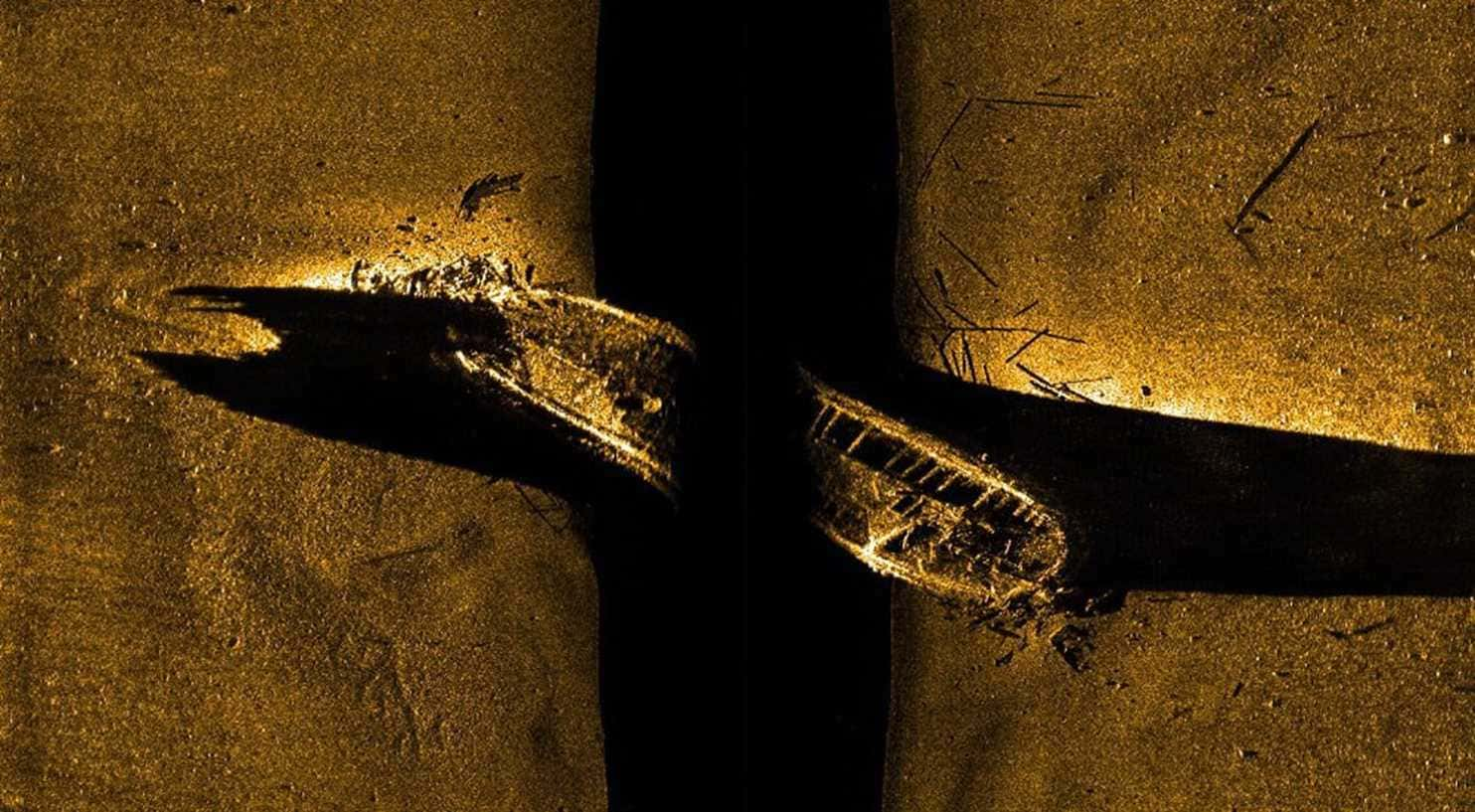 washington post
washington post
12. Lost, and Then Found
The HMS Erebus was found in 2014, lying 11 meters deep in the Queen Maud Gulf. Two years later, HMS Terror was discovered near King William Island. Both search efforts were led by Parks Canada, and, curiously, both ships were pretty well-preserved.
11. Here, There, Everywhere
Curiously, considering the sheer number of men involved in the expedition, with its crew of 129 men, there were no areas where mass graves or large numbers of bodies were found. Instead, search parties found remains and even artifacts scattered as they continued to investigate. Very likely, each man died as a result of either starvation or exposure, or a combination of both.
10. Belated (Search) Party
In 1981, over 135 years since the expedition first set out, Dr. Owen Beattie, an anthropology professor, led a group of scientists into the North, to Beechey Island. Their intentions were to find the graves and exhume bodies of the crew members and essentially try to figure out what exactly killed them. Surprisingly, considering just how long it had been, the bodies were in good condition.
9. Tell Me About Your Life and Death
The scientists exhumed three bodies for study at first. Pneumonia was determined to be the most likely cause of death, potentially with a little help from tuberculosis. What they ruled out is interesting, though. Things like malnutrition, chronic diseases, and foul play or accidental death weren’t a possibility in the minds of the scientists.
8. Lead Feet—and Bones
That being said, the scientists were able to do some toxicology tests on what was left of bones, hair, blood, and tissue. As mentioned above, the bodies were well-preserved. High amounts of lead were found in each of the three long-dead men, with upwards of 100 times what would generally be thought of as tolerable. They continued their trek to find more evidence of the expedition’s team and came across 29 others. All were determined to be Caucasian and of European descent. Every piece of bone found was tested and found to have high levels of lead.
7. What’s in Your Food?
Here’s where things get tricky, though. They investigated further, looking into those tin cans the food was stored in on the ships. Canning in food in metal tins was a relatively new practice at the time of the Franklin expeditions, and it had long been suspected that a lack of awareness about the potential dangers and side effects of lead poisoning may have contributed to careless canning practices that could’ve affected the food supply. While there were high levels of lead found on them, the company that provided the rations had supplied the Royal Navy with the same kind of packaging before and after the Franklin Expedition, with no signs of any other lead poisoning.
6. Half-Mad Men
Reports from the Inuit said that when they had come across the last survivors, they were suffering from starvation and, unfortunately, had been resorting to cannibalism. When the bones were found, it was noted that there were signs indicating that flesh had been ripped from them, making the allegations of cannibalism fairly likely.
5. A Bit of a Science Lesson
But then, how did the lead poisoning happen? Think about the ships, and how they were outfitted specifically for this expedition. The pipes were made of lead (which isn’t uncommon), but a report by an architect by the name of William Battersby took a closer look at why it affected these men so much. It was a combination of fresh, soft water, and warm or hot water which may have caused the lead to travel more readily into the water supply, not to mention that the pipes being so new would have meant that they haven’t been able to build up a protective layer of scale. The scale would have lessened the likelihood of the water coming in direct contact with lead.
4. Rule of Thumb: Don’t Cut Corners
Remembering that packaging of the food in tin cans? Well, the man in charge of getting all that together rushed to do so. The cans were larger, which meant more food could be stored in them. However, it’s believed the food wasn’t cooked long enough or at hot enough temperatures. Botulism would have resulted from those two factors, and so, much of that preserved food was spoiled. This would have led (no pun intended) to the crew having to cook their other food using the lead-tainted water.
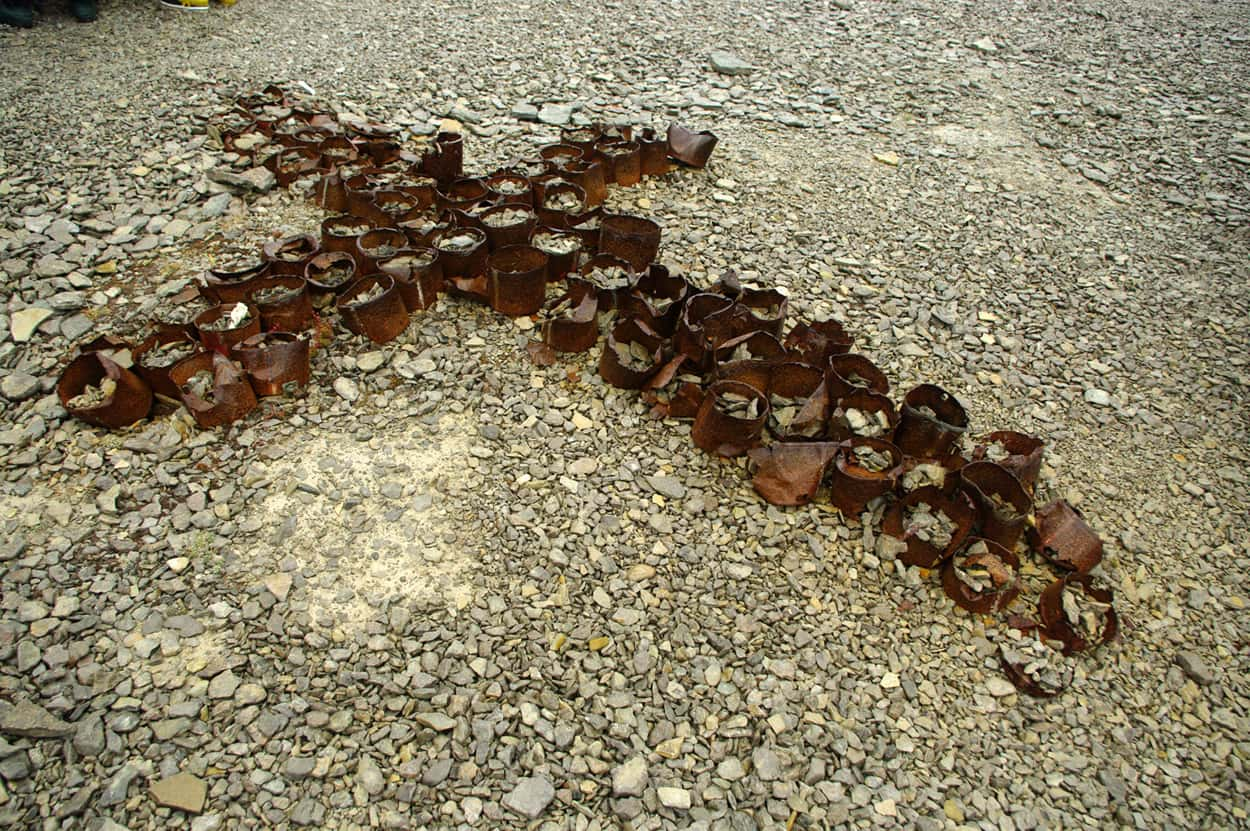
3. True to Her Husband
Lady Jane was supportive of her husband’s chosen career and actually funded seven search missions to find him and crew. A member of one of these expeditions, Dr. John Rae, returned to England with his findings and claimed that the crew had resorted to cannibalism after they’d run out of food. She was quick to deny the allegations of cannibalism and even tried to prevent him from receiving any reward money. Later, she campaigned for a bronze statue of Franklin to be placed in London at Waterloo Place.
2. Cannibalistic Concerns
Dr. Rae had reasons for suggesting there may have been evidence of cannibalism. During his search, he came across a group of Inuit people who had items that belonged to the missing men and even told him of the bones they found. Of the cannibalism idea, Dr. Rae wrote, “From the mutilated state of many of the corpses and the contents of the kettles, it is evident that our wretched countrymen had been driven to the last resource—cannibalism—as a means of prolonging existence.”
1. If Dickens Says It Isn’t True
Lady Jane didn’t buy that theory, even persisting with the Admiralty about the importance of keeping the search missions going. To help discredit Dr. Rae, she sought the help of Dickens—yes, the same Charles Dickens whose works were aboard the HMS Terror and HMS Erebus—who wrote that the doctor couldn’t be trusted.
Sources: 1, 2, 3, 4, 5, 6, 7, 8, 9, 10, 11, 12, 13, 14, 15, 16, 17

